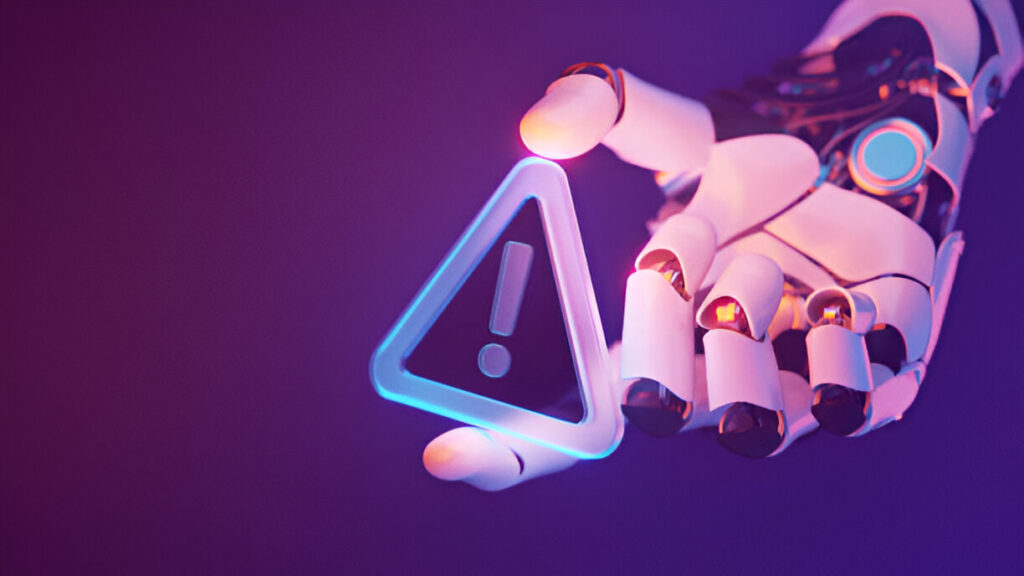Smart technology is designed to simplify life, but the consequences can be severe when AI-driven products fail. Whether the issue stems from a design flaw, software glitch, or lack of proper safety measures, a product liability lawyer can help determine who is responsible. As these technologies become more common, understanding legal accountability is essential for protecting consumers from hidden risks.
The Rise of AI-Driven Smart Technology
From Science Fiction to Everyday Reality
Artificial Intelligence (AI) has rapidly transitioned from the realm of science fiction to an integral part of our daily lives. Smart devices powered by sophisticated AI algorithms now permeate our homes, workplaces, and public spaces. From voice-activated virtual assistants to self-driving cars, AI-driven technology is revolutionizing how we interact with the world around us.
The Promise of Convenience and Efficiency
The allure of AI-powered smart technology lies in its promise of unprecedented convenience and efficiency. These intelligent systems can learn from user behavior, anticipate needs, and automate routine tasks. Smart homes adjust temperature and lighting based on occupants’ preferences, while AI-powered personal assistants manage schedules and answer queries with increasing accuracy.
Potential Risks and Vulnerabilities
However, as AI technology becomes more ubiquitous, it introduces new risks and vulnerabilities. The complexity of these systems makes it challenging to predict and prevent all potential failures. Privacy concerns arise as smart devices collect and process vast amounts of personal data. Additionally, the interconnected nature of smart technology creates potential security vulnerabilities that malicious actors could exploit.
The Liability Minefield: Who’s Responsible When Smart Products Fail?
Complexity of AI Product Liability
When AI-driven products malfunction, determining liability becomes a complex issue. The intricate web of stakeholders involved in creating and deploying smart technology complicates the assignment of responsibility. Manufacturers, software developers, data providers, and even users may all contribute to a product’s failure.
Legal Frameworks Struggling to Keep Pace
Traditional product liability laws were not designed with AI in mind. As autonomous systems become more prevalent, legal systems worldwide are grappling with how to adapt. The challenge is to balance innovation with consumer protection, ensuring companies remain accountable without stifling technological progress.
Potential Liability Scenarios
Several scenarios could unfold when smart products fail:
- Manufacturer liability: If a defect in the physical components causes harm
- Software developer responsibility: When faulty algorithms lead to errors
- Data provider culpability: If biased or inaccurate training data results in harmful decisions
- User negligence: When improper use or maintenance contributes to failure
As AI continues to evolve, so too must our approach to liability. Policymakers, legal experts, and tech innovators must collaborate to create frameworks that protect consumers while fostering innovation in this rapidly advancing field.
Protecting Consumers: Regulations and Policies for Smart Technology
As AI-driven products become increasingly prevalent daily, it’s crucial to establish robust regulations and policies to safeguard consumers. These measures aim to ensure smart technology’s safety, reliability, and accountability while protecting users from potential harm.
Evolving Legal Frameworks
Regulatory bodies worldwide are working to adapt existing laws and create new ones to address the unique challenges posed by AI and smart devices. These efforts focus on:
- Data privacy and security
- Algorithmic transparency and fairness
- Product liability in case of AI-related failures
- Ethical considerations in AI development and deployment
Industry Standards and Best Practices
To complement legal regulations, industry leaders and professional organizations are developing standards and guidelines for smart technology. These initiatives promote:
- Rigorous testing and quality control processes
- Clear documentation of AI decision-making processes
- Regular software updates and security patches
- User-friendly interfaces and comprehensive product manuals
Consumer Education and Empowerment
Protecting consumers also involves equipping them with the knowledge and tools to make informed decisions about smart technology. This includes:
- Public awareness campaigns about the benefits and risks of AI-driven products
- Easy-to-understand product labels detailing AI capabilities and limitations
- Resources for reporting issues and seeking redress in case of product failures
Implementing these multifaceted approaches can create a safer and more transparent ecosystem for smart technology, ensuring that innovation continues to benefit society while minimizing potential consumer risks.
Final Thoughts
AI-driven products promise convenience and efficiency, but they also introduce new risks when they fail. Consulting a product liability lawyer can help victims navigate complex legal claims and seek compensation for damages. Holding companies accountable ensures that safety remains a top priority in technological advancements.



